What came first: The title or the painting? For me, it can be either. There is nothing worse than staring at a blank canvas. Normally I will rough out a couple of layouts (on A4 or A3 layout paper) of the subject I am going to paint.
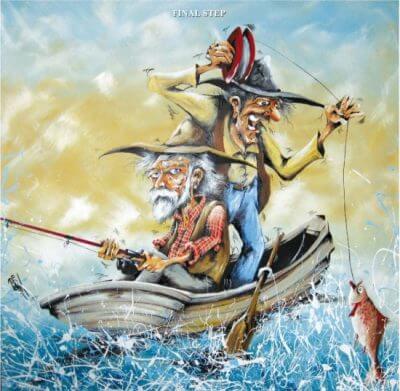
Master essential painting techniques in this exciting step-by-step painting guidance with pastels. Learn how to paint pastel art from master.Follow artist’s steps and tips.You will be able to know their materials which used in their art.

What came first: The title or the painting? For me, it can be either. There is nothing worse than staring at a blank canvas. Normally I will rough out a couple of layouts (on A4 or A3 layout paper) of the subject I am going to paint.
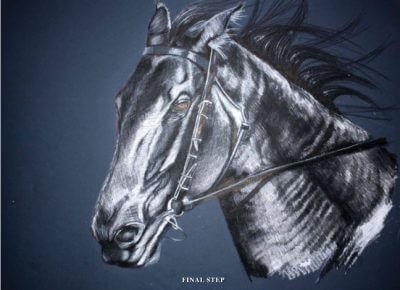
I saw all these amazing coloured pastel papers in one of the art shops I frequent, and the blue colours really caught my eye. I bought a bunch of different hues of blue and couldn’t wait to get started.
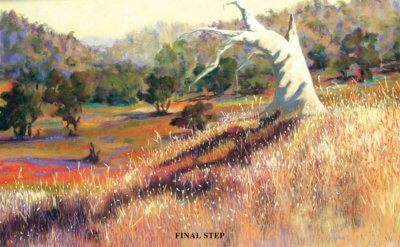
These sun bleached trees with their twisted shapes are irresistible to me, whilst some people find them spooky, if you look at them from a different point of view you will see the elegant shapes and gestures in their bare branches.
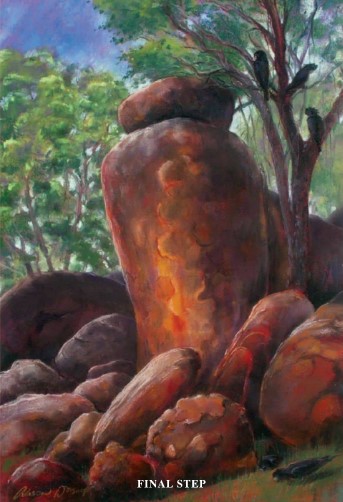
I keep my ‘outdoor’ set in a cheap plastic fisherman’s box – the kind with compartments used to keep hooks and lures. I pack the pastels in with cotton wool or rice, so the rougher the journey, the cleaner they get.
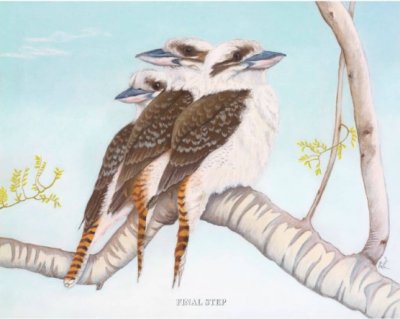
STEP ONE
Firstly I applied a very pale blue soft pastel (gently rubbed in with my finger) to the background immediately around the birds and the very small foliage.
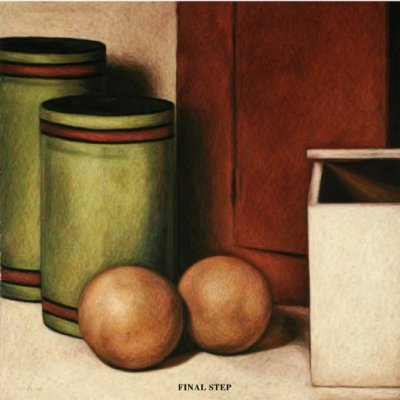
STEP ONE
I began by drawing up the composition. Having established a composition (using Adobe Photoshop to manipulate photographs), I then sketched a basic outline using a broad grid.
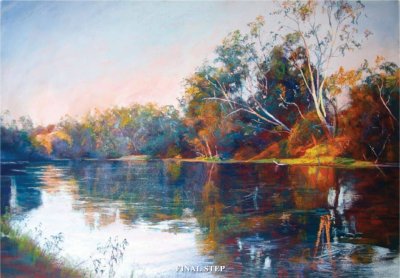
STEP ONE
I did a minimal drawing with a light blue pastel pencil to establish the overall composition; and the line of the river bank and placement of trees.
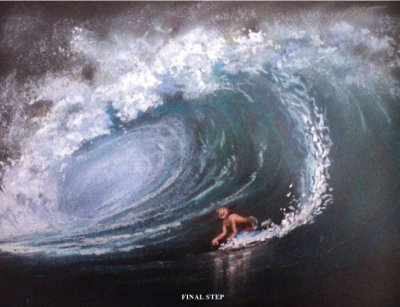
STEP ONE
Very basic application here of a squiggly line to represent the top of the wave, running left to right and down the right hand slope of the gathering section of the wave…
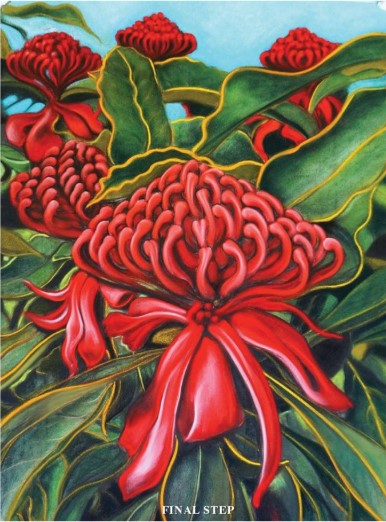
STEP ONE
To begin a work, I always use a soft thin charcoal stick. Quite a few. This is good for shading and structuring the composition. I also use my hands and fingers to help shape the forms of the work.
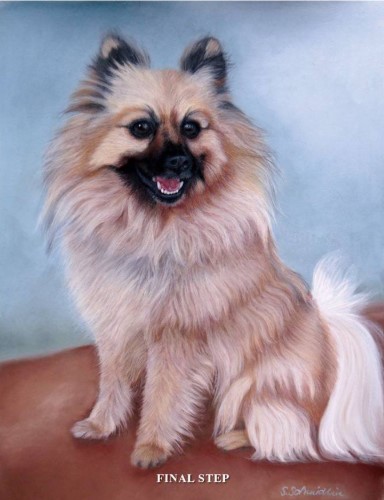
STEP ONE
Once I have an animal in mind which I am interested in painting, I ask the owners if I can take some photos. In this case it is a neighbour’s dog, a Pomeranian called Max.